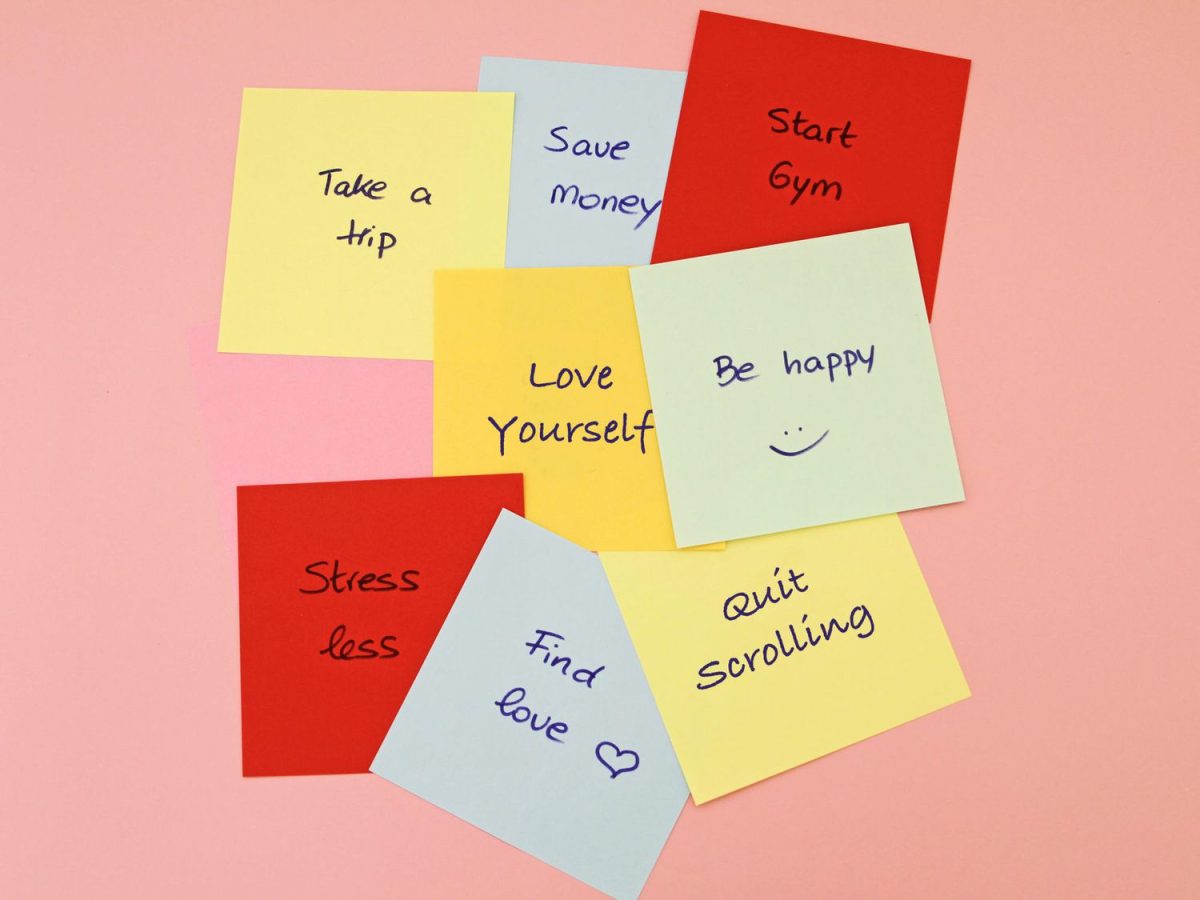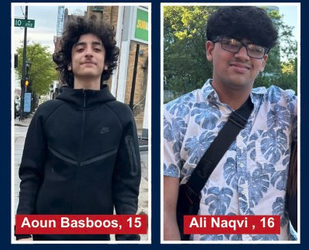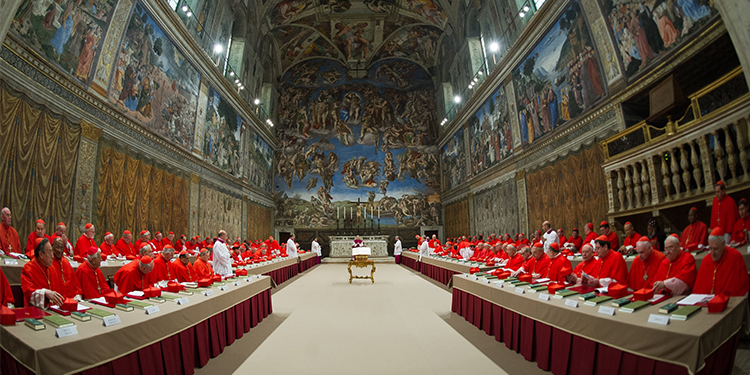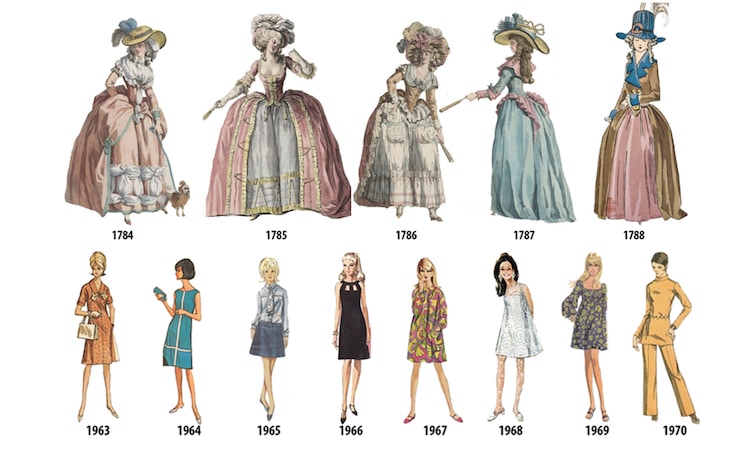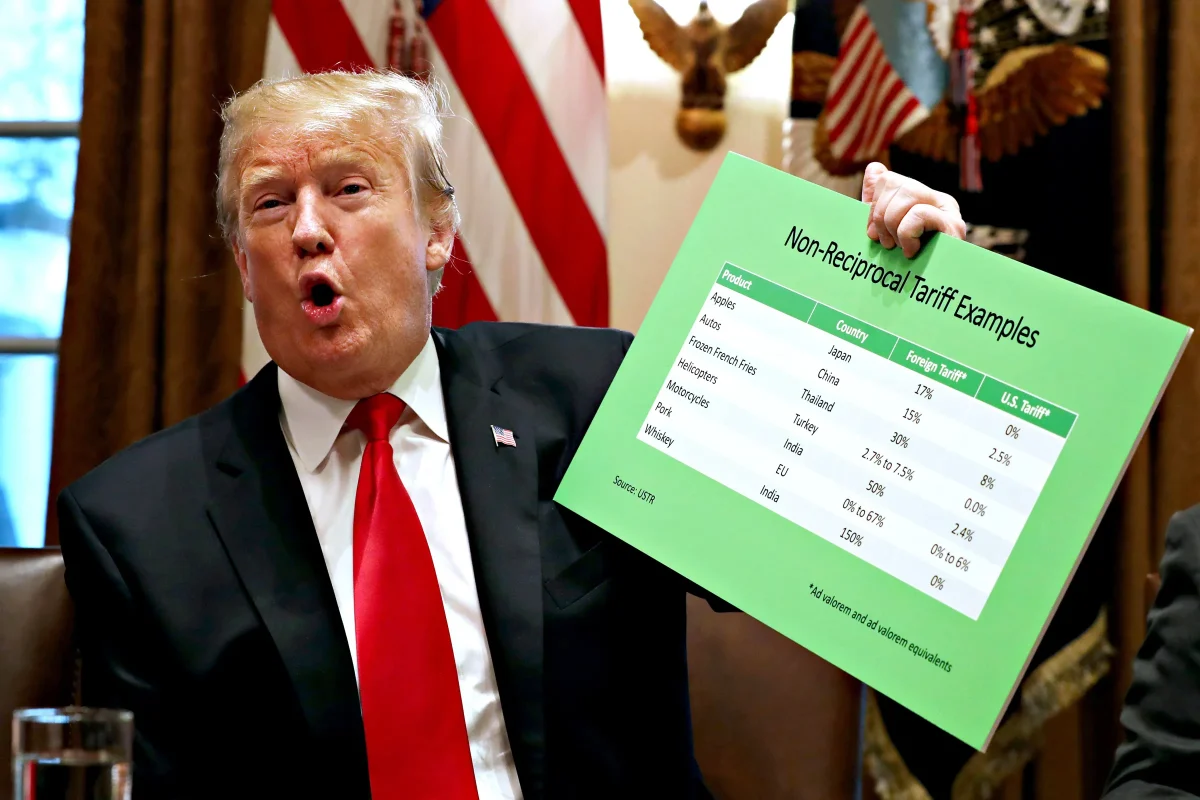As the new year has begun millions of people all over the world have started to create their unrealistic manifestations otherwise known as New Year’s resolutions. Many promise themselves that they’ll lose weight, read more, eat healthier, etc. in the new year. It’s seemingly a great opportunity to “reinvent” yourself. This age-old habit has continued to fool many into setting unreachable expectations for themselves. The real question is when did this tradition start and how can we create and achieve healthy resolutions for the new year?
How did New Year’s resolutions become a tradition?
Celebratory New Year’s traditions date back to around 2000 BC in Mesopotamia. Ancient Babylonians celebrated the New Year in mid-March with the new moon after their crops were planted (spring equinox). They were not only the first to start a New Year’s celebration but also the first to start the tradition of making resolutions at the beginning of the new year. Babylonians would promise the gods that they would pay back any debts they had. This was the beginning of the New Year’s resolution that we know today. Though originally it was as simple as paying debts it has now morphed into unrealistic goals.
Why are most New Year’s resolutions unsuccessful?
When a New Year begins many believe that the new year will give them the ability to become a new person. All of our lazy habits will cease to exist if we promise ourselves that we’ll change. Rather than making a small change many go as far as to say they’ll cut out whole food groups, frequently go to the gym, and many other drastic changes. People start with these goals but either never start them or only do them for a few or months. Over 90% of New Year’s resolutions will fail in the first few months of the year. It’s easy for millions of people to think too big when it comes to changing their unwanted habits. The most efficient and effective way to set a New Year’s resolution this year is to make it realistic, start with small changes, and slowly build to achieve your goal for the year.

